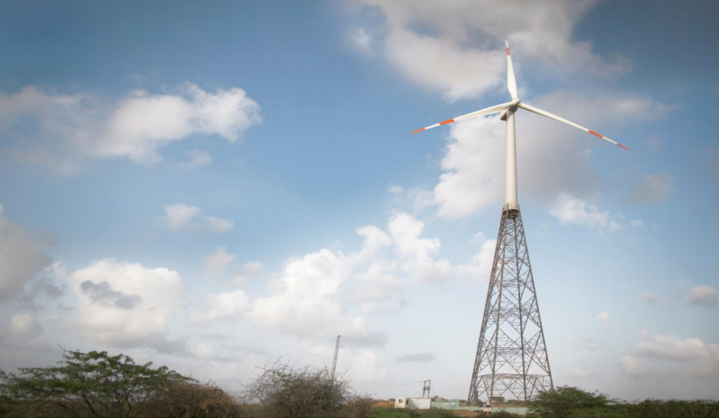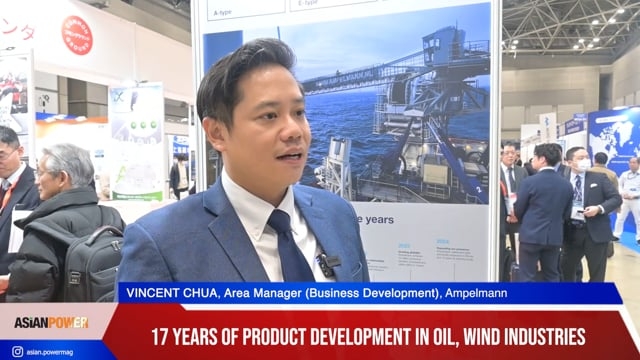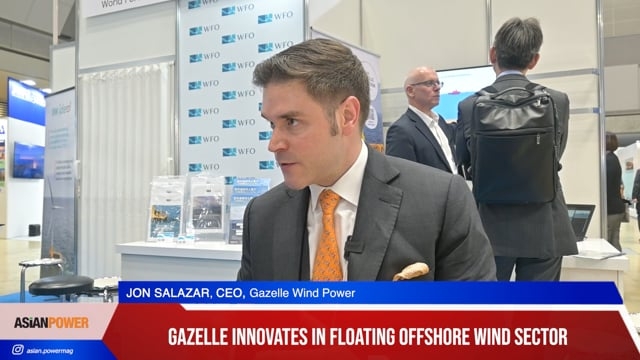
China's total renewables investment surged 17% to US$102.9b
It's a a whopping 36% of global total.
Global new investment in renewable power and fuels climbed to a record USD 285.9 billion in 2015 (not including hydropower projects >50 MWi).
According to Renewables 2016 Global Status Report, this represents a rise of 5% compared to 2014 and exceeds the previous record (USD 278.5 billion) achieved in 2011. Including investments in hydropower projects larger than 50 MW, total new investment during 2015 in renewable power and fuels (not including renewable heating and cooling) was at least USD 328.9 billion.
In 2015, global investment in new renewable power capacity, at USD 265.8 billion, was more than double the USD 130 billion allocated to new coal- and natural gas-fired power generation capacity. This difference in favour of renewables is the largest witnessed to date. If hydropower projects larger than 50 MW are considered, the spread between renewables and fossil fuel investment in new power capacity is even greater.
For the first time in history, total investment in renewable power and fuels in developing countries in 2015 exceeded that in developed economies. The developing world, including China, India and Brazil, committed a total of USD 156 billion (up 19% compared to 2014).
China played a dominant role, increasing its investment by 17% to USD 102.9 billion, accounting for 36% of the global total. Renewable energy investment also increased significantly in India, South Africa, Mexico and Chile. Other developing countries investing more than USD 500 million in renewables in 2015 included Morocco, Uruguay, the Philippines, Pakistan and Honduras.
By contrast, renewable energy investment in developed countries as a group declined by 8% in 2015, to USD 130 billion. The most significant decrease was seen in Europe (down 21% to USD 48.8 billion), despite the region’s record year of financing for offshore wind power (USD 17 billion, up 11% from 2014).
In the United States, renewable energy investment (dominated largely by solar power) increased by 19% to USD 44.1 billion, the country’s largest increase in dollar terms since 2011.
Investment in renewable power generating capacity has been weighted increasingly towards wind and solar power. Solar power was again the leading sector by far in terms of money committed during 2015, accounting for USD 161 billion (up 12% over 2014), or more than 56% of total new investment in renewable power and fuels. Wind power followed with USD 109.6 billion, or 38.3% of the total (up 4%).
All technologies except solar and wind power saw investment decline relative to 2014: investment in biomass and waste-to-energy fell by 42% to USD 6 billion, small-scale hydropower fell by 29% to USD 3.9 billion, biofuels fell by 35% to USD 3.1 billion, geothermal energy fell by 23% to USD 2 billion, and ocean energy fell by 42% to USD 215 million.























 Advertise
Advertise









